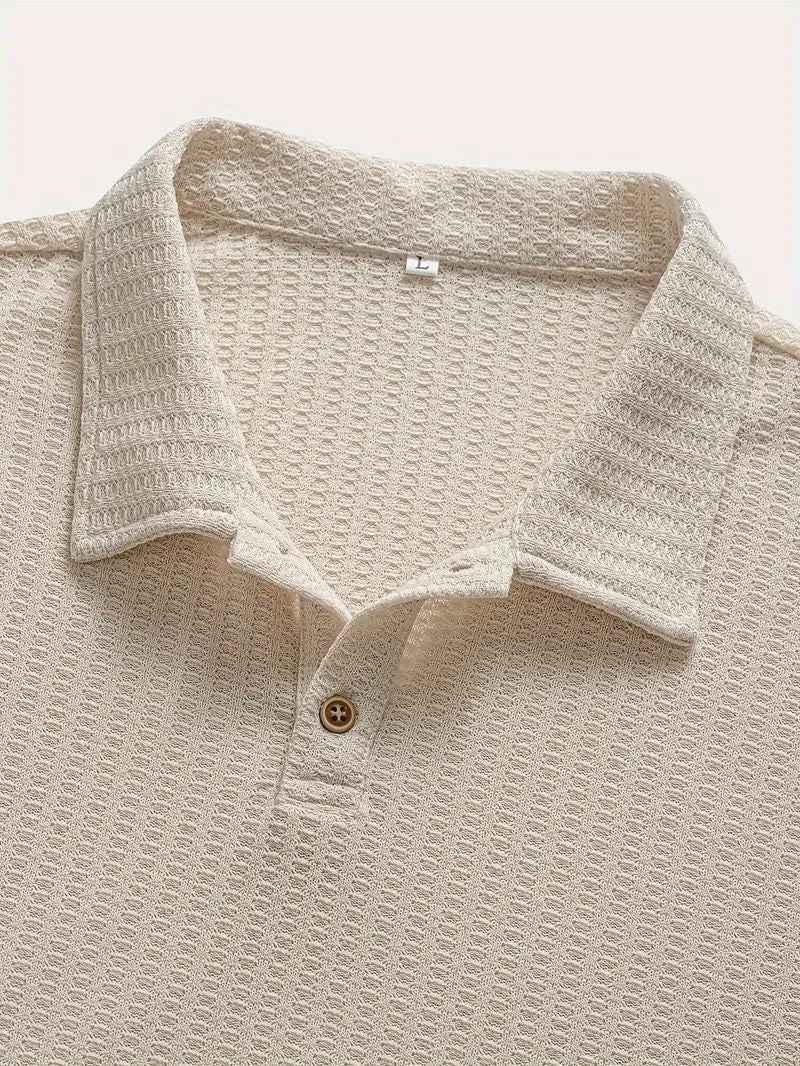
How to Start and Grow a Successful T-Shirt Brand in 2025
Share
How to Start and Grow a Successful T-Shirt Business in 2025
The t-shirt industry is hotter than ever in 2025. With the custom t-shirt printing market valued at over $5 billion and growing at an impressive 11% annually, there’s never been a better time to launch your own brand. Whether you’re a creative entrepreneur or someone looking to break into fashion, the t-shirt business offers a unique blend of artistic expression and solid business potential.
In this blog post, we’ll walk you through everything you need to know to start and grow a thriving t-shirt brand this year.
Why the T-Shirt Market Is Booming in 2025
The global t-shirt market is expanding rapidly. In the US alone, it’s projected to hit around $45 billion this year. Worldwide, we’re looking at a staggering 8.3 billion t-shirts expected to be sold by 2029, with steady growth continuing year after year.
What’s driving this boom? Consumers crave individuality and self-expression. Thanks to social media, people are more connected and inspired to wear apparel that tells their story. Plus, support for independent brands has skyrocketed as shoppers seek out unique styles that stand apart from mass-produced fashion.
Step 1: Find Your Perfect Niche
Trying to appeal to everyone rarely works. The key to success is narrowing your focus and targeting a specific audience.
Instead of broad categories like “funny t-shirts,” get more specific. Think “funny t-shirts for dog lovers” or “slogan tees for healthcare workers.” This approach helps you:
- Market more effectively
- Connect with passionate customers
- Avoid direct competition with big brands
- Build a memorable brand identity
Choose a niche you’re passionate about or knowledgeable in - authenticity resonates with buyers.
Step 2: Design T-Shirts That Speak to Your Audience
Once you have your niche, it’s time to create designs that truly connect.
Great t-shirt designs should:
- Reflect your audience’s interests and lifestyle
- Be easy to style and wear
- Balance current trends with originality
- Work well with your chosen printing method
Do some research on your target customers - what they like, what they struggle with, and what makes them tick. Use this insight to craft designs that feel personal and relevant.
Step 3: Plan Your Business and Get Registered
A solid business plan is your roadmap to success. Make sure you cover:
- Your business model (manufacturing, dropshipping, or print-on-demand)
- Who your customers are
- How you’ll stand out from competitors
- Financial goals and budgeting
- Marketing strategies
- Daily operations
Don’t forget to register your business legally, pick the right structure, and get any licenses you need to operate smoothly.
Step 4: Choose the Right Production Method
There are three main printing methods to consider:
-
DTG (Direct-to-Garment : Best for detailed, multi-color designs on cotton. Requires pretreatment but offers great quality for small runs.
-
DTF (Direct-to-Film) : Versatile across fabric types, no pretreatment needed. Uses a film transfer process with powder application.
- Sublimation: ideal for polyester fabrics and all-over prints. Produces durable, vibrant images that won’t crack or fade.
Pick the method that fits your design needs, budget, and fabric choice.
Step 5: Source Quality Materials and Partners
Reliable suppliers are key to consistent quality. Look for:
- Minimum order quantities that fit your budget
- Fast turnaround times
- Strong quality control
- Clear communication
- Environmentally responsible practices
Popular blank t-shirt brands like Gildan, Bella+Canvas, and Hanes offer a range of fabrics and styles to suit your brand.
Also, create a detailed tech pack with sketches, color specs, materials, and sizing info to avoid production errors.
Step 6: Pick Your Business Model
Here are your main options:
Traditional Manufacturing:You produce in bulk, control quality, and enjoy lower costs per unit - but you need upfront investment and handle inventory.
Dropshipping: No inventory or upfront costs; suppliers print and ship for you. Less control but easy to start.
Print-on-Demand: You print only after orders come in, minimizing risk and investment. Great for testing designs but with higher per-unit costs.
Choose what fits your resources and goals best.
Step 7: Embrace Sustainability
Consumers care deeply about the environment. Stand out by:
- Using eco-friendly fabrics like organic cotton, bamboo, or Tencel
- Partnering with responsible manufacturers
- Choosing water-saving printing techniques
- Using biodegradable packaging
- Designing durable products to reduce waste
Sustainability isn’t just good ethics - it’s smart business.
Step 8: Market Your Brand Like a Pro
Your online presence is your storefront. Make sure to:
- Build a clean, easy-to-navigate e-commerce website
- Use high-quality product photos and compelling descriptions
- Develop an email marketing plan to nurture customers
- Create valuable content that tells your brand story
Leverage social media to build buzz:
- Show your shirts on real people
- Collaborate with micro-influencers in your niche
- Encourage customers to share photos
- Run targeted ads
- Engage actively with your followers
Final Thoughts
Starting a t-shirt business in 2025 is an exciting opportunity to combine creativity with entrepreneurship. By focusing on a clear niche, crafting authentic designs, choosing the right production method, and marketing effectively, you can build a brand that stands out.
Remember, success comes from quality products, unique designs, and meaningful connections with your customers - all while staying mindful of sustainability.
Ready to make your mark in the t-shirt world? Now’s the perfect time to start!
If you found this guide helpful, feel free to share it with fellow entrepreneurs or drop your questions in the comments below!
